Smart agricultural technologies
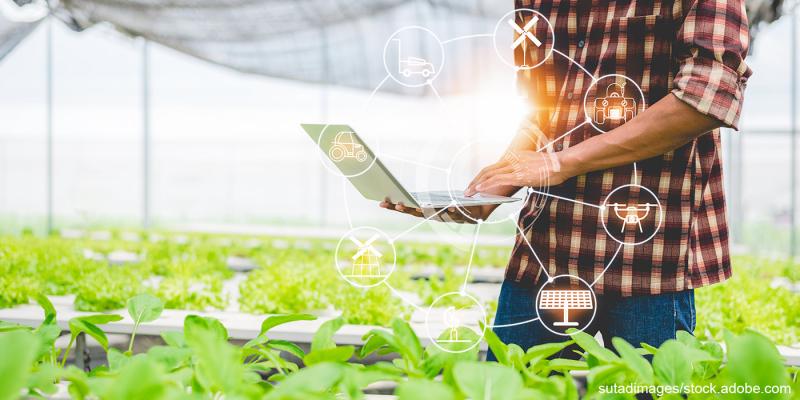
We are researching solutions for agriculture and food production within the innovation field of smart agricultural technologies. Lasers can be used to rethink weed management, pest control, and food processing to use fewer crop protection products, increase efficiency, and achieve greater food safety. To this end, we are researching the combination of imaging and machine learning to accurately detect and, if necessary, render pests harmless. We deal with the disinfection and labeling of food and bring the added value of lasers to the production and individualization of agricultural machinery.
Your contact person
Dr. rer. nat. Tammo Ripken
Overview of smart agricultural technologies
Plant protection
Smart crop protection enables herbicides to be reduced or made entirely unnecessary. To this end, we are researching the entire process chain, from the detection of plants to their rendering harmless, and bringing the steps together in practical systems. We plan to create an adapted processing device customized to the application, as the advantage of laser technology is: it is platform-independent.
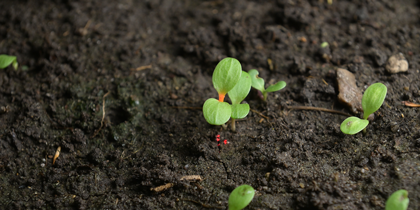
We develop imaging systems and algorithms to clearly detect and recognize monocot and dicot plants using artificial intelligence. One focus here is also on determining the optimal starting point for the laser on the plant. We transfer this information to automated process controls so that in the future self-driving systems can be used in the field or in the greenhouse, make independent decisions, and thus provide laser-based, targeted protection of plants from competing plants or pests.

Laser-based processes enable sustainable, chemical-free, and precise plant control. We develop photonic processes that can limit or remove unwanted plant growth in an environmentally friendly way, for example on traffic facilities. In doing so, we focus on explicitly damaging the growth centers of the plants. This shall make chemical agents unnecessary in the future.
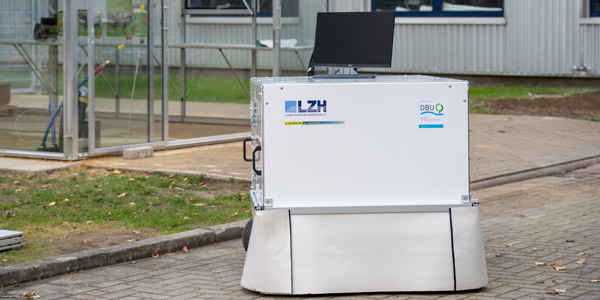
Light-based weed management selectively treats competing plants such as weeds or unwanted grass. For this purpose, vital plant parts such as the growth center are specifically damaged. Crop plants can then gain the necessary growth advantage. We are researching how the plants' growth can be inhibited or completely eliminated. For example, we study how we can protect weeds that do not compete with crops, and thus how biodiversity can be increase on farmland.
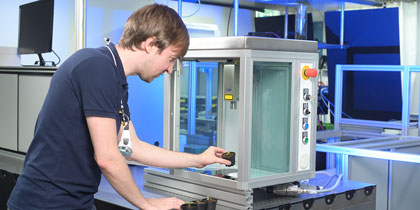
For smart crop protection, the intelligent linking and merging of the laser system with imaging and process control is at the forefront of our work. We develop and integrate laser-based systems for attachments and autonomous platforms. In doing so, we develop the necessary laser modules and adapt them to various systems and devices or optimize them. With the help of artificial intelligence and the Internet of Things (IoT), we ensure that the systems communicate with existing agricultural technology and common information systems. To this end, we create and validate the necessary modules. The focus is also on field suitability and safety.
Plant production
The use of light-based methods allows novel sustainable and chemical-free approaches to plant production. The treatment of seeds or plants by laser can, for example, influence germination or the formation of secondary plant substances. We develop processes and systems for the precise singulation or thinning of plants and flowers. But we also deal with technical aspects such as the development of smart irrigation systems.
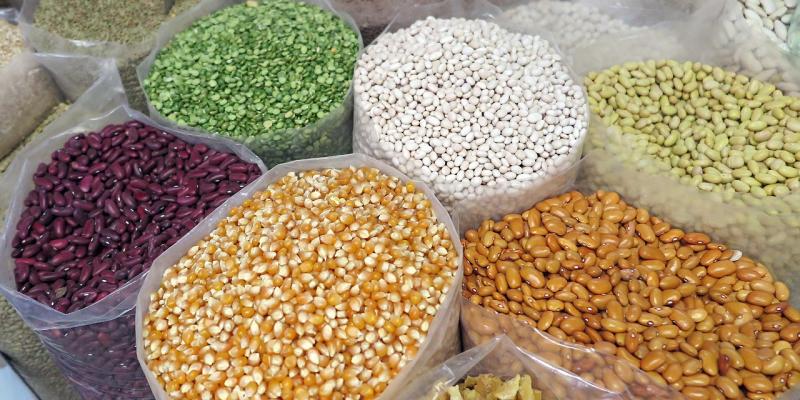
Optical methods help to better characterize high-quality seeds. We combine imaging with artificial intelligence to determine seed quality non-destructively and thus without loss. We use non-contact methods to simplify and optimize plant propagation and breeding. Among other things, the laser enables force-free and contactless sampling for genotyping or sterile cutting in vegetative plant propagation. We also transfer the individual detection, registration, and elimination of plants to other work steps, such as separating or otherwise selecting plants.
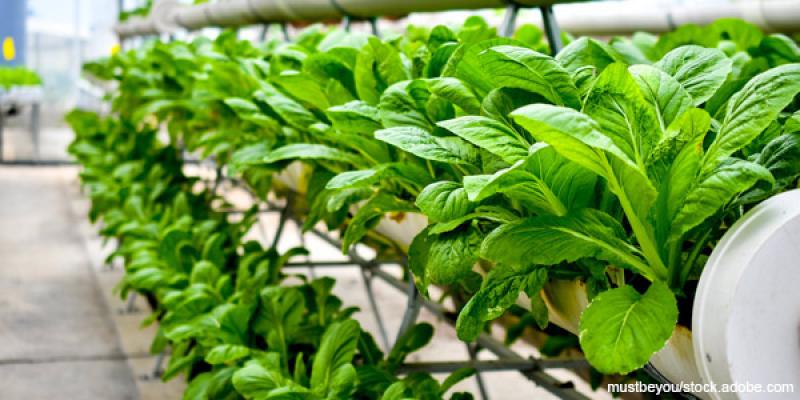
We achieve resource-saving, economical irrigation by using lasers to additively manufacture components for intelligent irrigation systems. This is because this technology allows a maximum degree of individualization and is also suitable for unique issues. 3D-printed components can be designed very freely and allow, for example, branching to be incorporated. In this way, systems can be precisely adapted to conditions in the city or in the countryside.
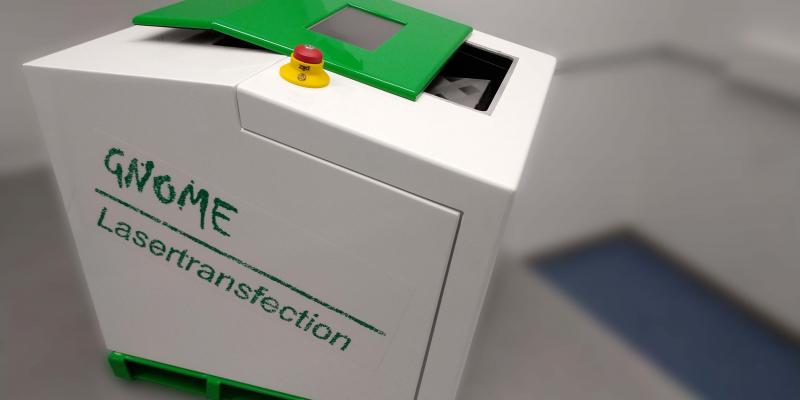
Feeding a growing world population is an increasingly big challenge. To better adapt crops to a changing climate, the gene scissors CRISPR/Cas9 can be used. With this, very targeted changes in the plant genome are possible without unpredictable side effects. We are exploring a laser-based method to introduce these molecules into plant cells. Automated optoporation should combine high efficiency with low cell damage, high-throughput, and maximum control. For example, with partners from Leibniz Universität Hannover, the aim is to reduce the toxin content in potato plants.
Manufacturing for agricultural machinery
Laser technology can be used in a variety of ways in the field of agricultural machinery. Smart agricultural machinery technology enables intelligent future concepts for resource-efficient farming. We are working on using new materials for machining and processing in agricultural machinery technology. We are working on laser-based additive manufacturing of components individually tailored to the application and user. Furthermore, we are looking into new ways to repair highly stressed parts and apply wear protection. Our goal: new approaches to lightweight construction and design of agricultural machinery.
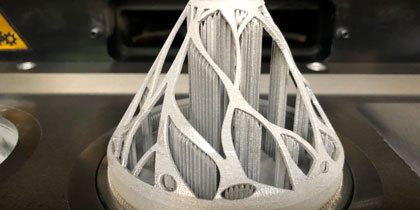
To manufacture agricultural machinery and other equipment more easily and efficiently in the future, we are researching new materials, processes, and novel component designs. We develop topology-optimized components for Additive Manufacturing or work on manufacturing complex assemblies as a single one. Likewise, we are researching mixed joints of steel-aluminum, for example, to reduce weight. We also develop processes and fasteners that make it possible to use these weight-optimized components.
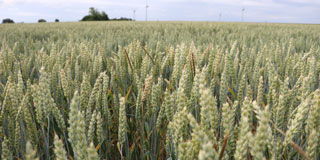
When lasers are used outdoors, exceptionally high safety standards must be met. The system has to be designed to be safe not only for the operators but also for uninvolved passers-by. The use of laser radiation and intelligent system technology in weed and pest control requires high safety precautions. Therefore, we focus on this aspect from the very beginning to fully meet the environmental and personal protection requirements.
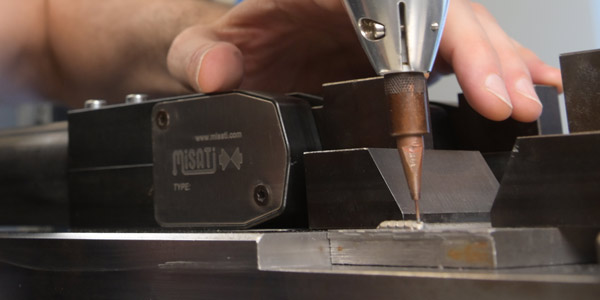
For the production or individualization of agricultural machinery, we develop the necessary plant technology and system components for novel processes. For example, we develop special systems or components for innovative joining and cutting processes. We also deal specifically with high sheet thicknesses or mixed joints. We manufacture and integrate laser processing heads to repair components and apply wear protection coatings. Besides, we use our expertise in Additive Manufacturing for innovative production in agricultural technology.
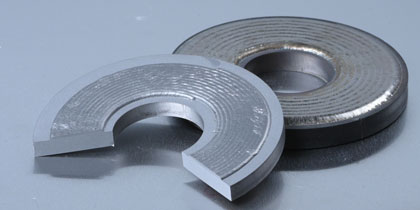
We are investigating repair and wear protection processes to achieve longer service and product life for agricultural equipment and machinery. Powder or wire buildup welding can be used to apply wear-resistant coatings to surfaces and to rebuild and repair damaged parts. Here, for example, we are working on efficient processes with high deposition rates of up to 20 kg/h. In particular, we want to make the repair of (small) series components more economical. We are also working on the optimal bonding of the protective layer to the base material and on hybrid components made of different materials.
Insects and pests
We are working intensively on an approach to protect plants from herbivorous insects and other animal pests without harming beneficial insects. To this end, we are combining novel imaging technologies with artificial intelligence. This approach will enable innovative systems to specifically detect and correctly identify pests in crop production. We are working on the underlying processes, (autonomous) systems, and integration into on-site processes.
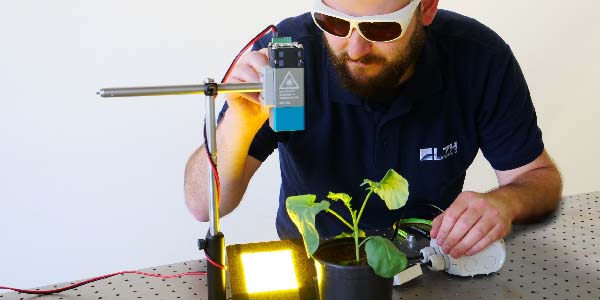
To ensure that fewer pesticides are used for cultivating fruit and vegetables in the future, we are working on intelligent optical pest control. Based on imaging and artificial intelligence, we train systems to distinguish pests from beneficial insects. We are developing and integrating robust laser systems to contain whitefly infestations or treat bees infected with mites. The challenge here is: the systems must cope well with the existing environmental conditions. Also, we design and implement appropriate safety concepts for use on farms.
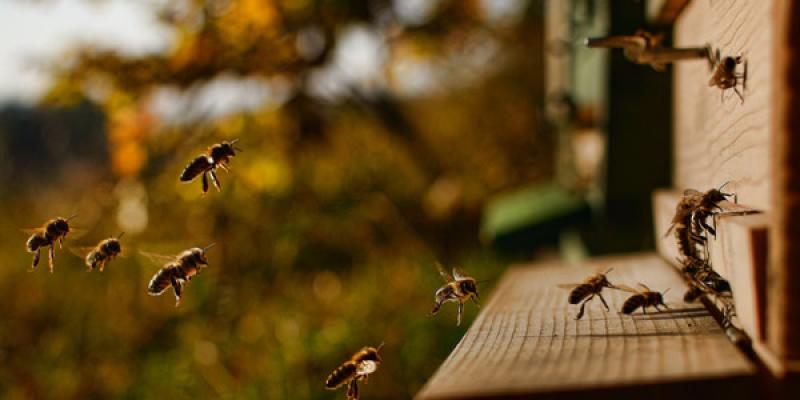
For smart insect monitoring, we design self-learning programs and further develop imaging systems. We are working with partners on artificial intelligence to improve the detection of various animal pests and beneficial insects. The crucial point is the transfer of data to downstream systems to control processes such as optical pest treatment. We are also working on using monitoring to determine infestation levels or count beneficial pollinating insects.
Food processing
Laser-based processes make sustainable, digitized food processing possible. We are conducting research into using smart laser-based processes to refine, further process, or mark food. Furthermore, we are working on using smart laser technology to reduce pathogenic germs in the meat industry, establish alternative stunning methods, or guarantee food safety.

Disinfection processes using high-energy laser radiation could minimize meat contamination with bacteria without using further additives or resorting to drastic measures such as chlorine baths. Therefore, we want to establish laser-based processes that do not affect the quality of the meat, and can be reliably and safely integrated into the meat processing process.
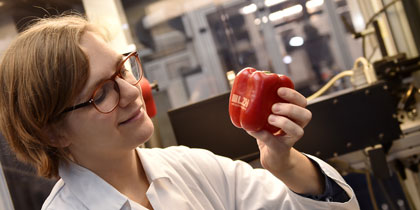
Laser markings on plant and animal foods can be used for tracing in the commodity chain or for labeling. However, these must meet high standards: Quality and taste must not change, and the marking must not have any harmful effect on health. We develop marking methods, for example, to ensure the unambiguous traceability of foodstuffs. Our technologies can thus make an essential contribution to preventing food fraud.
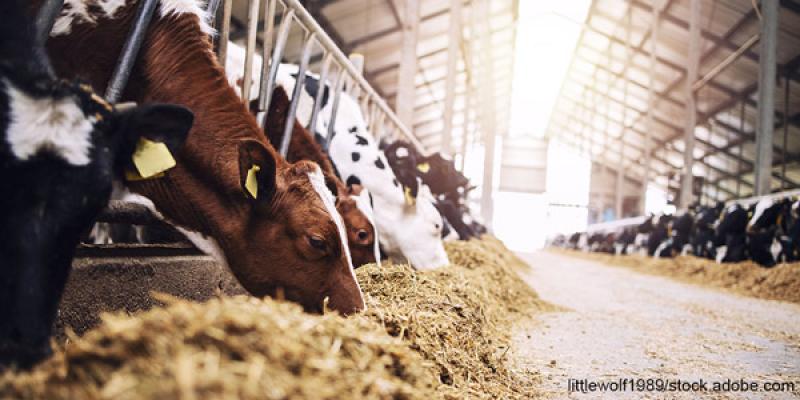
Laser-based slaughter technology can help to stun animals gently, safely, and quickly before slaughter. The novel methods minimize error rates in the stunning process and thus contribute to increased animal welfare, occupational safety, and meat quality. To this end, we develop the necessary process technology and determine the process parameters, always considering practicality and integration into the slaughter process. Smart systems make it possible to reliably identify the starting point for stunning using imaging with self-learning algorithms.

